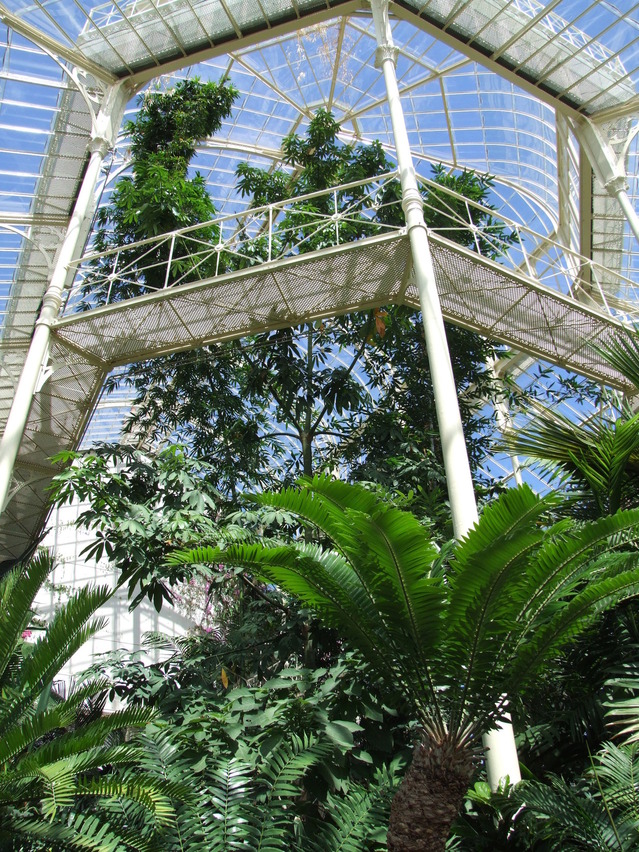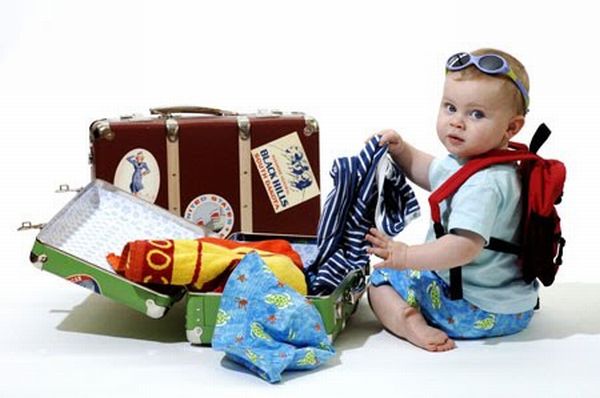A car is more than just a way to get from A to B—it’s a personal space, an expression of style, and often a part of daily life. For those with rugged needs or adventurous spirits, upgrading 4WD interiors can breathe new life into an ageing vehicle or elevate a new one. In particular, adding car drawers not only improves storage but also helps create an organised, functional setup for trips, tools, or everyday errands. Whether your goal is aesthetic transformation, better usability, or both, revamping your car blends creativity with practicality.
When people think about upgrading their vehicle, the mind often jumps to flashy paint jobs or expensive mods. But the true art of revamping lies in balancing beauty with function. The process begins by identifying how you use your car. Is it a weekend adventurer? A workhorse for hauling gear? A family vehicle that doubles as a mobile base camp? Knowing your lifestyle needs shapes every design and upgrade decision.
One of the most transformative changes you can make is updating the interior. Older vehicles especially benefit from fresh seat covers, new floor mats, or even reupholstering for a luxury feel. Leather or high-quality fabric can instantly change the sensory experience of your cabin. Small touches—like a new steering wheel cover or LED ambient lighting—add personality without a hefty price tag. A refreshed interior doesn’t just look better—it makes your daily driving experience more enjoyable.

Functionality should guide the revamp process just as much as visual appeal. Think about your storage needs. Do loose items rattle around your boot? Do tools or recovery gear get lost under bags and boxes? Incorporating modular storage systems—customised for your vehicle—helps solve these problems. Drawer systems, overhead shelves, and fold-out platforms can all be tailored to fit your specific vehicle model and purpose.
A fresh look on the outside can be just as rewarding. Repainting is one route, but vinyl wraps are a popular alternative for those wanting a new look without the long-term commitment or cost of a full respray. Wraps allow for colour changes, matte or gloss finishes, and even texture like carbon fibre or brushed metal. Plus, they offer paint protection, which is ideal for those who take their car into rougher environments.
Wheels and tyres are another high-impact upgrade. Swapping out factory wheels for aftermarket rims instantly changes the stance and character of your car. Pair them with all-terrain tyres or low-profile performance rubber, depending on your driving preferences. Suspension upgrades can also improve both aesthetics and handling—lifting for off-road or lowering for sleek, urban looks.
Lighting shouldn’t be overlooked. Upgrading to brighter, more efficient LEDs can improve safety and give your car a modern edge. Whether it’s headlights, taillights, or interior dome lights, these small changes go a long way. Many revamping projects also involve auxiliary lighting—like roof-mounted bars or spotlights—for improved visibility in remote or poorly lit areas.
Don’t forget the sound. Replacing factory sound systems with high-quality audio components—speakers, subwoofers, and head units—can drastically enhance your in-car experience. Even those not interested in booming bass can appreciate clearer vocals, richer tones, and custom EQ settings. For those who travel frequently, integrating navigation, hands-free calling, and Bluetooth streaming turns an outdated setup into a tech-friendly cockpit.
Revamping your car can also mean embracing sustainability. Recycled materials, eco-friendly finishes, or energy-efficient systems can reduce your impact while still offering modern upgrades. Window tinting not only sharpens the vehicle’s profile but also reduces UV exposure and heat absorption, improving fuel efficiency through decreased air conditioning use.
Importantly, revamping is not just about luxury or aesthetics—it can extend the life and resale value of your car. Regular upgrades keep it feeling new and reflect care and attention, which buyers value. Even if you’re not planning to sell, driving a vehicle that feels well-kept can enhance your sense of pride and enjoyment.
The art of car revamping also involves the mindset of customisation. No two cars—and no two drivers—are the same. That’s why personalisation is at the heart of a great revamp. Some may opt for rugged utility, with all-weather gear, recovery boards, and heavy-duty tow kits. Others may prefer style and comfort, upgrading their interiors with tech and touchpoints that reflect modern lifestyles. It’s this adaptability that makes the process so creative and rewarding.
Revamping doesn’t need to happen all at once. It can be gradual, evolving with your needs and budget. Start with a small project—like new floor mats or better lighting—and build from there. You’ll quickly notice how each change contributes to a more enjoyable and capable vehicle.
Many car owners find the process therapeutic. Working with your hands, researching the best gear, seeing the transformation—these acts bring satisfaction and a sense of achievement. It’s a hobby for some, a passion for others. The key is to approach each change with intention, asking what purpose it serves and how it contributes to your car’s new identity.
Ultimately, the art of car revamping is a personal journey. It’s not about perfection, but about progress—making changes that reflect who you are and how you live. Whether you’re preparing for an off-grid trip or just wanting your car to feel more like your own, a thoughtful revamp can turn the ordinary into something remarkable. Every detail you add or improve becomes part of the story your car tells—and part of the journey you take together.




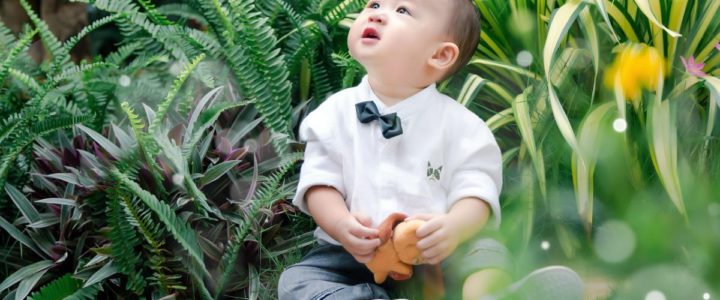
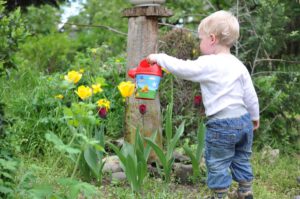
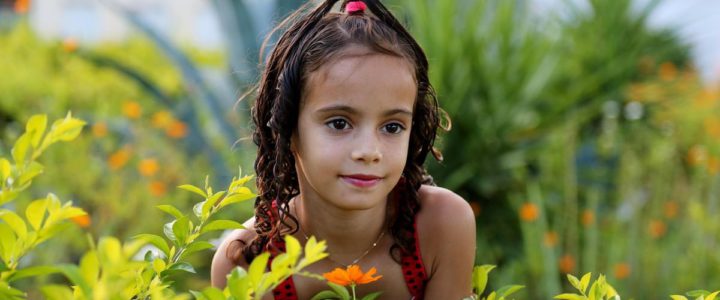





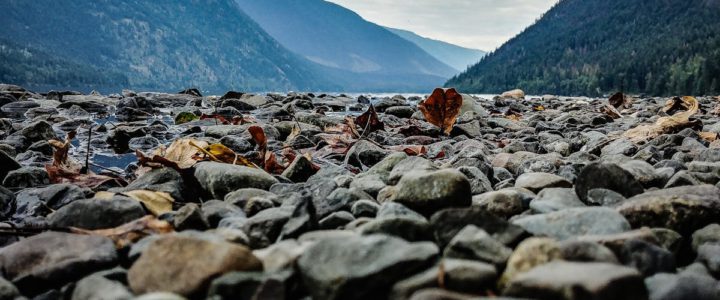

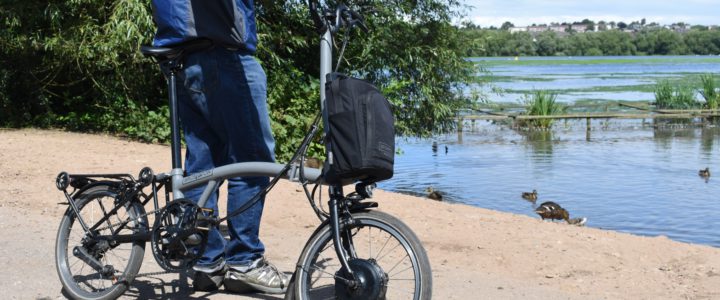























 Step 6: Create your main pages
Step 6: Create your main pages Reading about travel destinations is one thing but watching a video brings a destination to life. Nowadays it’s possible to create a descent quality video for a very low cost, if you know where to look.
Reading about travel destinations is one thing but watching a video brings a destination to life. Nowadays it’s possible to create a descent quality video for a very low cost, if you know where to look.



 Whether we are posting news on holidays, try uploading 1080p hands-free videos in the midst of a convention or chatting with our toddlers through Skype, there is nothing more important than staying connected through a cloud management system. A 3G or 4G hotspot is the perfect way to get your notebook and other devices connected, such as those brought by other people in your travel party.
Whether we are posting news on holidays, try uploading 1080p hands-free videos in the midst of a convention or chatting with our toddlers through Skype, there is nothing more important than staying connected through a cloud management system. A 3G or 4G hotspot is the perfect way to get your notebook and other devices connected, such as those brought by other people in your travel party.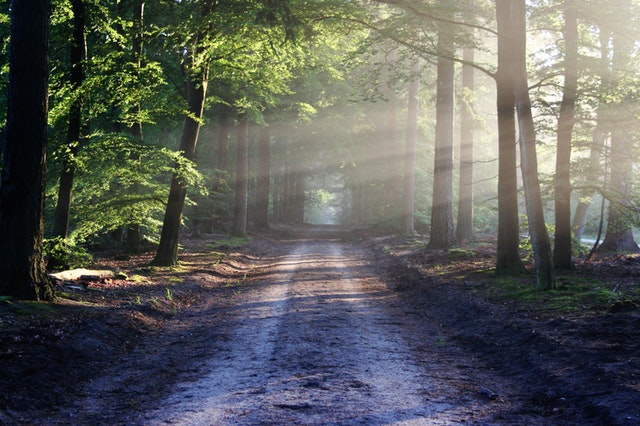
 A power converter
A power converter Quarterdeck Clifftop, Blairgowrie, VIC
Quarterdeck Clifftop, Blairgowrie, VIC Barefoot in Broken Head, Broken Head, NSW
Barefoot in Broken Head, Broken Head, NSW



